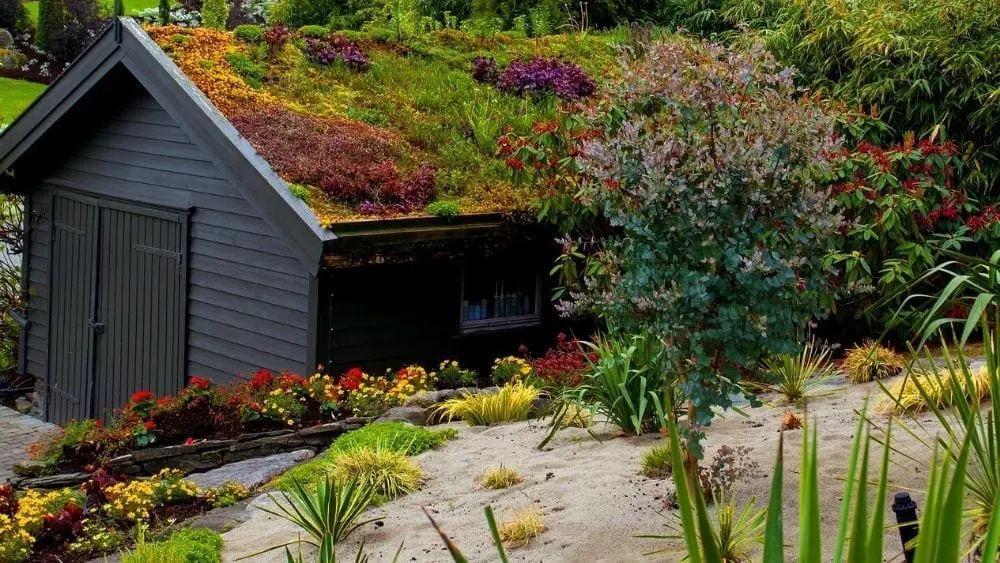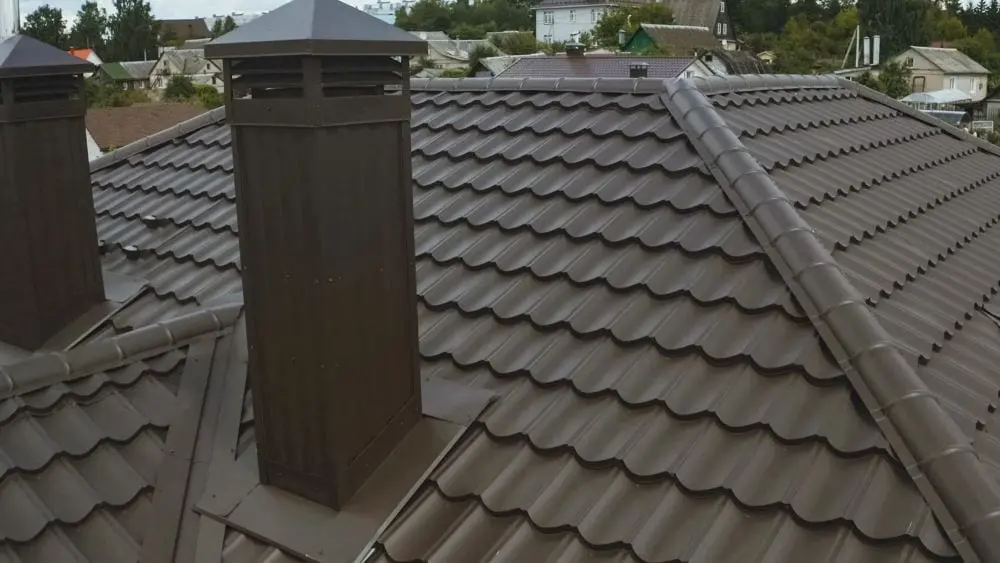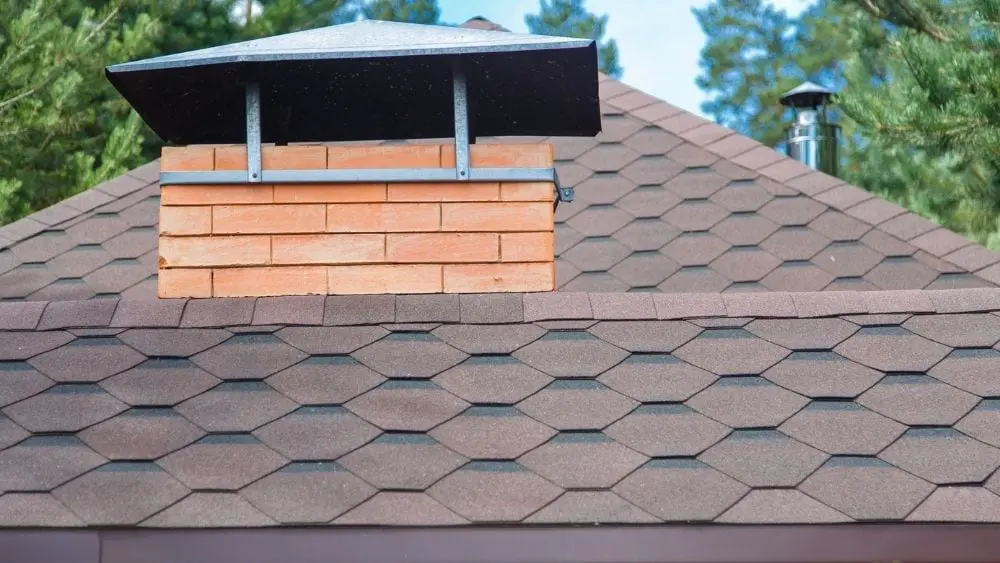
When you are buying or building a new home, decisions about the roof may not be at the top of your priority list. Instead, you may be focused on flooring and countertop selections, paint colors and bathroom tile choices. But giving thought to your roofing choices not only impacts your home’s aesthetic, but also its energy efficiency. As a new homeowner, you can significantly reduce future heating and cooling costs by making smart roofing decisions during the construction process.
Where to Begin: Energy STAR Ratings
The US Environmental Protection Agency’s Energy STAR Ratings are the best place to begin your research on roofing options. Why does the federal government devote so much attention to this topic? It could be because Americans spend a stunning $40 billion annually to air condition buildings. About a third of a typical homeowner’s monthly expenses is spent on cooling and heating bills.
The Energy STAR Rating program began in 1992 as a way to help consumers choose energy-efficient products that reduce consumption, save money and lower pollution. As the agency noted, “Energy STAR certified roof products reflect more of the sun’s rays. This can lower roof surface temperature by up to 50F, decreasing the amount of heat transferred into a building.”
Using certified roof products can lower your cooling demand by up to 15 percent. How? Roof products with high “solar reflective value” as measured in the Energy STAR certification, can more efficiently reflect sun and heat away from your home, reducing the roof temperature.
Keep in mind that the amount of energy you’ll be able to save also depends on other factors, like your home’s insulation and the local climate.
Types of Energy Efficient Roofing
Here is a list of commonly used energy efficient roofing products that you should consider when building or improving your home. All of these options have been proven to not only be energy efficient but will help reduce your energy usage and save you money for years to come.

Metal Roofs
Homeowners looking to reduce their environmental footprint and save energy costs will reap those benefits with a metal roof. By far, this is the number one choice for energy efficient roofing.
By reflecting the sun’s energy, these “cool roofs” help maintain a balanced temperature between the roof deck and the home, and that means less energy is needed to heat and cool your home. A metal roof can be about 100 degrees cooler on the surface than traditional asphalt roofs, potentially reducing summer cooling costs by up to 20 percent.

Tile and Slate Roofs
Slate roofing is a stunning energy efficient roof option that can last a lifetime. Its density helps to insulate your home, making it a very eco-friendly choice, says nationwide energy provider Constellation. “Tile roofing is a very aesthetically pleasing energy efficient roof option, but is best for those in warm, dry climates due to its tendency to absorb moisture and reflect sunlight.”
Roof Shingles
The most common type of roofing material used for new homes today is asphalt shingles, which are used roughly 70 percent the time, says Tom Bollnow, senior director of technical services at the National Roofing Contractors Association, a trade organization in Chicago. In addition to energy efficiency, asphalt shingles are relatively low maintenance and long lasting.
Ballasted Roofs
With these roofing systems, “the roof membrane is not anchored or adhered in any way to the decking material. It is, however, ballasted, generally with gravel,” say roofing experts Southwest Roofing, a national roofing contractor since 1971. While the EPA doesn’t evaluate complete roofing systems, ballasted systems have proven to lower roof temperatures 30 to 40 percent over non-ballasted one.

Green Roofs
Love the look of rooftop gardens? Then you might love a green roof. These vegetative layers are especially impactful if your home is in the city. By providing shade and lowering roof and surrounding air temperatures, green roofs can be as much as 40° F cooler than conventional roofs.
Blue Roofs
A blue roof uses ponds or tanks to temporarily store rainwater, then slowly release it over time. In addition to serving a useful water management role, these water-cooled roofs can be a bonus to the energy efficiency of your home.
“When combined with light-colored roofing materials, a blue roof can significantly reduce a building’s cooling costs,” according to Marion McKnight with PHP Systems/Design in Houston.” In addition, some systems spray the stored water back on the roof in a controlled fashion, providing even more cooling. Some buildings can also utilize the stored water in landscaping or in areas where green roofing is being used. Others use the collected water for recreational purpose, such as cooling a roof’s walkways or providing water for fountains.”
Consider Roofing Colors
If you are buying a production home, you may be limited on the types of roofing products you can choose. But, you’ll still have plenty of options for roof color, and that decision can save you significant energy costs. That’s because lighter colored roofs attract and trap more heat than dark roofs.
“A tan, white or other lighter colored roof won’t heat up quite to the degree that a black roof would,” says Royal Erickson, director of national contracts at Meritage Homes, a national homebuilder based in Scottsdale, Ariz.
Manufacturers have taken note of homebuyers’ preference for lighter colors, and now offer a broad palette of colors.

Freelance writer and marketer Sue Durio has been writing about construction, design and related products for more than 18 years.
 The Best Suburbs Near Denver, Colorado
The Best Suburbs Near Denver, Colorado